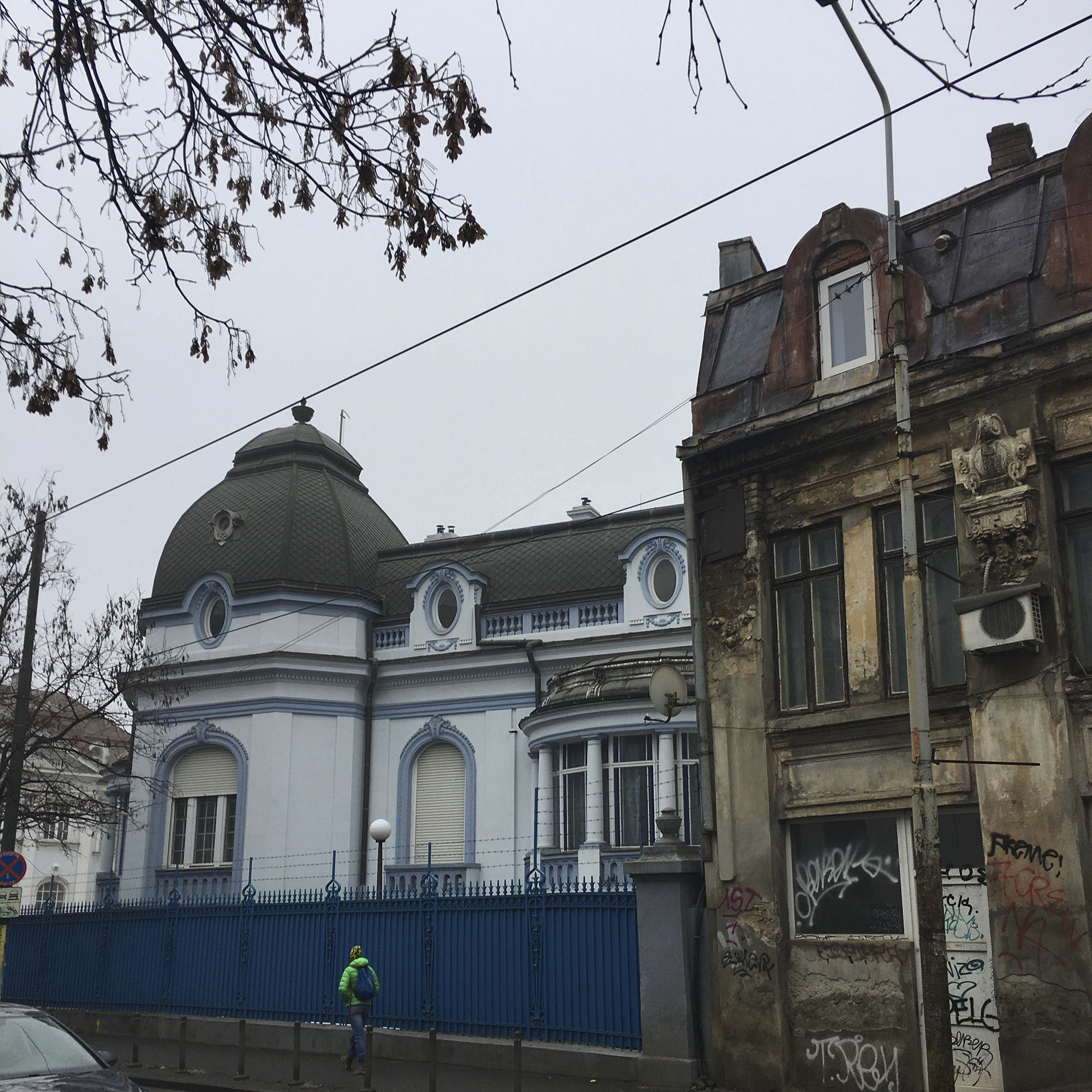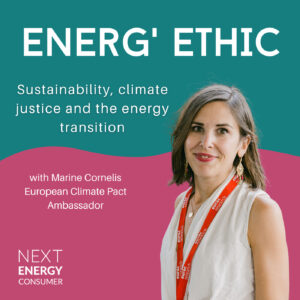This article was initially published on the ESRC Just Energy website.
The Second ENGAGER conference took place in Bucharest this month. The event brought together a diverse range of academics, companies and policymakers, with guests also invited to a field trip in Bucharest on the third day of the conference.
Twenty academic papers were presented across four panels which examined the various approaches to energy poverty applied in different contexts. One of these papers was delivered by Marlies Hesselman (University of Groningen, NL).
Marlies presented her work on access to energy and energy poverty in human right laws, such as the 1966 international covenant on civil and political rights. She argued that (collective) complaints before international institutions are a way to drive attention on energy poverty and access to energy, and that a right to energy is emerging at European and international levels. She mentioned the complaint of a Roma community in Serbia, facing recurring electricity disconnection, before UN services. In this case, the right to health, the right to adequate standards of living, and in particular, a right to adequate housing, were challenged by the shortages.
Interestingly, the new electricity directive asks Member States to take into account the Charter of Fundamental Rights of the European Union. The Charter brings together all the personal, civic, political, economic and social rights enjoyed by people within the EU in a single text.
The field trip was an opportunity to discover the techniques designed to improve the energy performance of the buildings within Bucharest and the strategies employed to make the dwellings more energy efficient.
On average, in Europe, the energy consumption of buildings accounts for 40 per cent of total EU energy consumption and is the primary source for greenhouse gas emissions (about 36 per cent of the EU’s total CO2 emissions). In Romania, more than 90 per cent of the total residential floor area was built before 1989, when no specific thermal requirements were set, or when such requirements were not demanded. Heating energy represents around 55 per cent of the overall energy use in apartments and up to 80 per cent in individual houses. Inhabitants of Bucharest mostly turn to the cheap district heating, although shortages and instability issues are frequent. The system created more than 40 years ago, is already heavily subsidised but massive additional investments are required to keep the 3,000 km of pipe running under the city efficient.
The third meeting of the day allowed participants to talk to representatives of the Roma ghetto of Ferentari Livezilor and the energy supplier ENEL.
The pilot project presented aims to fight against disconnection, illegal supply and shortages. On average, 13 per cent of the Roma population in Romania does not have access to electricity (compared to 2 per cent for the general population), and some families have not had any electricity connection for more than ten years.
Read my live tweets from the event.



